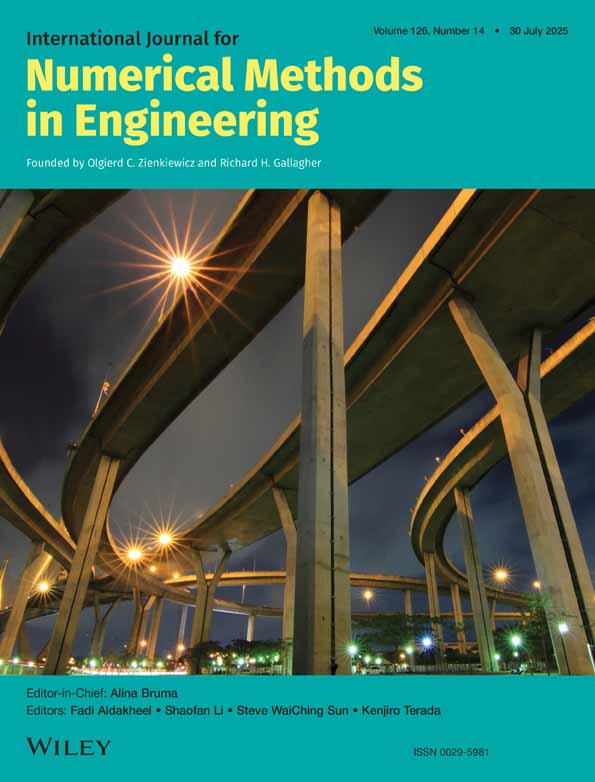Efficient implementation of the shock-fitting algorithm for the Lighthill–Whitham–Richards traffic flow model
Abstract
This paper firstly presents the existence and uniqueness properties of the intersection time between two neighboring shocks or between a shock and a characteristic for the analytical shock-fitting algorithm that was proposed to solve the Lighthill–Whitham–Richards (LWR) traffic flow model with a linear speed–density relationship in accordance with the monotonicity properties of density variations along a shock, which have greatly improved the robustness of the analytical shock-fitting algorithm. Then we discuss the efficient evaluation of the measure of effectiveness (MOE) of the analytical shock-fitting algorithm. We develop explicit expressions to calculate the MOE–which is the total travel time that is incurred by travelers, within the space-time region that is encompassed by the shocks and/or characteristic lines. A numerical example is used to illustrate the effectiveness and efficiency of the proposed method compared with the numerical solutions that are obtained by a fifth-order weighted essentially non-oscillatory scheme. Copyright © 2007 John Wiley & Sons, Ltd.




